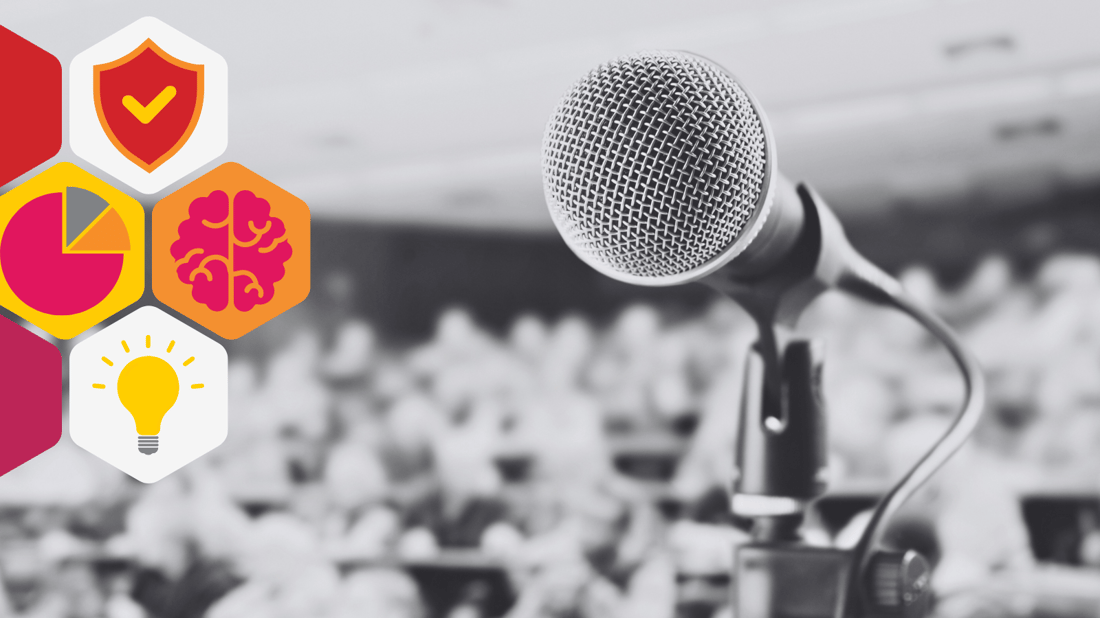Revealing Missing Security Metrics
The more we dug into it, the more we realized there was a lack of emphasis on relevant security awareness metrics. This absence forms a crucial...
While firewalls, passwords, and antivirus software stand as stalwart defenders, there's one crucial element often overlooked in the defense arsenal: human behavior.
Enter security awareness training – the unsung hero in the battle against cyber threats. It's not just another box to tick on the compliance checklist; it's a powerful tool for empowering every member of your organization to become a savvy guardian of digital safety.
So, fasten your seatbelts as we embark on a journey into the realm of cybersecurity, exploring how a little awareness can make a world of difference in fortifying you and your team against the threats waiting to knock down our digital doors.
Despite investing in awareness training programs, organizations often encounter challenges in translating that knowledge into behavioral change. The gap between knowledge acquisition, program, and behavior transformation remains a persistent issue.
Effective security awareness training requires a deeper understanding of human behavior, motivations, and learning patterns. Employees might grasp security protocols theoretically but may struggle to apply them practically due to various factors such as cognitive biases, habitual behavior, or perceived inconveniences.
Training initiatives solely focusing on raising awareness might fall short. Beyond awareness, cultivating a security culture that encourages proactive and responsible behaviors is vital. Employing a multifaceted approach that integrates interactive training modules, real-life scenarios, and ongoing reinforcement aids in embedding security-conscious behaviors.
Approach training as a collaborative effort rather than an imposition. Engaging employees and understanding their perspectives fosters a culture of workplace cooperation. Providing a platform for feedback, addressing concerns, and involving employees in security-related decisions empowers them, fostering a sense of ownership in maintaining a secure environment.

Creating behavior change through training involves continuous evaluation, feedback control mechanisms, and iterative system improvements. Flexibility, personalization, and engagement are key components in fostering lasting behavioral change.
Training that is monotonous or lacks practical relevance may fail or result in errors. Interactive and scenario-based sessions resonate and engage more effectively with participants. Practical simulations that replicate potential cyber threats and how to mitigate them create a deeper impact and enhance the retention of security protocols.

Acknowledging and appreciating individuals who exhibit good security practices reinforces positive behavior, encouraging others to follow suit and achieve more. Implementing reward systems, recognizing achievements, and incorporating security adherence into performance evaluations serve as motivational catalysts for sustained behavioral change.
The evolving landscape of cyber threats necessitates an understanding of potential risks. Educating employees about these risks empowers them to identify and respond effectively to potential threats. Cyber threats encompass a wide spectrum, including phishing attacks, malware intrusions, data breaches, and social engineering exploits by hackers. Training sessions illustrating these risks through case studies or real-life examples heighten awareness and prepare employees to identify and respond promptly to potential threats.
Fostering a robust security culture involves collective responsibility, where every person in the organization plays a role in preventing data breaches and safeguarding sensitive data. Leadership commitment to security initiatives, open communication channels, and establishing clear security policies lay the foundation for a security-centric culture. Encouraging employees to report security incidents without fear of reprisals fosters a culture of transparency and accountability.
Regular security awareness campaigns, workshops, and continuous education keep security at the forefront of employees' minds. Integrating security into organizational values and norms ensures that it becomes an intrinsic part of the company and work culture rather than an imposed obligation.
Culture acts as a cornerstone to success in influencing behavior. Fostering a culture of openness, continuous improvement, and support nurtures an environment conducive to positive information security practices.
Collaborative efforts between employees and cybersecurity teams are indispensable in safeguarding organizations against evolving threats. Empowering employees with knowledge, skills, and technology and fostering a collective commitment to security fortify an organization's defense posture.
To truly shape behavior, organizations must take a multifaceted approach. It starts with understanding human behavior—what motivates us, what makes us click on that suspicious link, and what makes us pause and think before we act. Armed with this knowledge, we can tailor our training strategies to be more effective, engaging, and impactful.
Creating a culture of security that supports one another is crucial. The goal should be to create a setting where safety is considered a shared duty rather than an impediment. It's about giving workers the confidence to report questionable activity and the means to remain alert at all times.

And let's not forget about the importance of acknowledging the impact. When employees see the direct correlation between their actions and the organization's security posture, they're more likely to take security seriously. It's about celebrating successes, learning from failures, and constantly striving for improvement.
Shaping behavior through security awareness training is a journey – one that requires continuous learning, personalized training, and collective responsibility. By investing in these principles, organizations can create a culture of security that not only reduces security risks but also strengthens their defense against cyber threats.

The more we dug into it, the more we realized there was a lack of emphasis on relevant security awareness metrics. This absence forms a crucial...
3 min read

The digital battlefield is relentless—and personal. That reality now sits squarely on the shoulders of security leaders. The threats no longer stop...
9 min read

The Stat That Should Stop You in Your Tracks A recent report by Forrester revealed that 60% of employees admit to intentionally working around...
5 min read
Subscribe to our newsletters for the latest news and insights.
Stay updated with best practices to enhance your workforce.
Get the latest on strategic risk for Executives and Managers.
